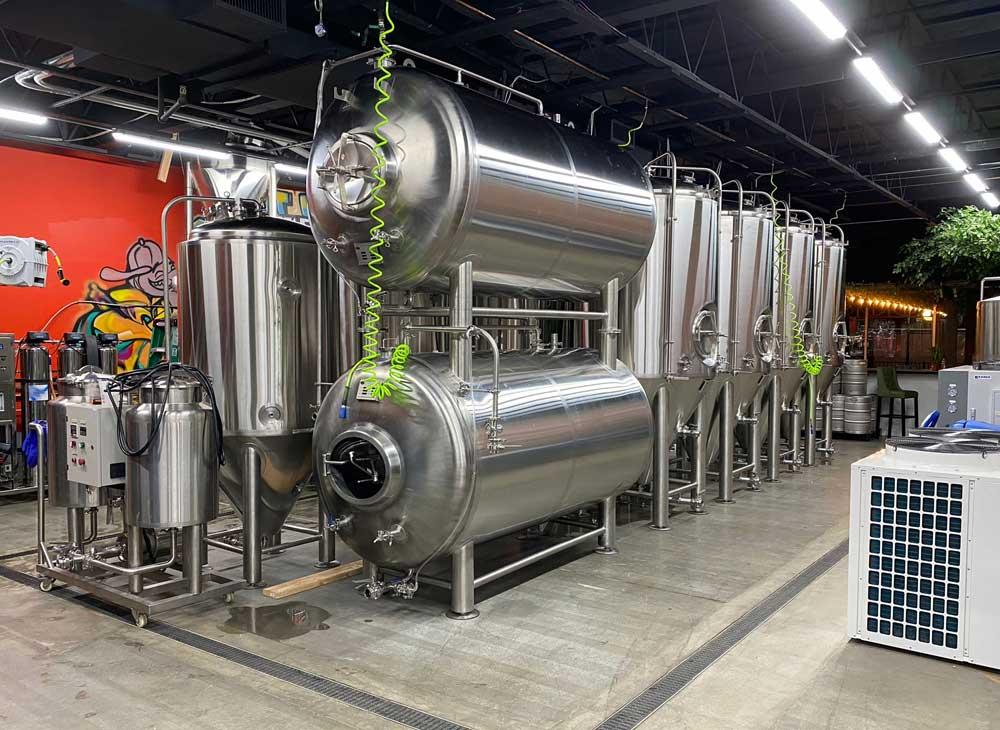
Temperature control is a key aspect of the brewing process, particularly during fermentation. Proper temperature management ensures optimum yeast activity, promotes desirable flavour development and prevents off-flavours or fermentation interruptions.
Maintaining the correct fermentation temperature is essential for several reasons. Firstly, yeast activity is highly dependent on temperature, and different yeast strains have specific temperature ranges in which they perform best. Controlling temperature allows the winemaker to create an environment that promotes the desired yeast metabolism and flavour production. In addition, too high a temperature can lead to the development of off-flavours, while low temperatures can slow or even stop fermentation, leading to under-fermentation of the beer.
Brewers use various cooling systems to manage fermentation temperatures. The most common method is to use a glycol cooling system, which circulates glycol through a cooling jacket or coil in the fermentation vessel. This allows for precise temperature control by adjusting the temperature of the glycol. Another cooling method is the heat exchanger, which uses a coolant, such as cold water or refrigerant, to cool the fermentation vessels. In addition, some winemakers use ice chambers or cold rooms to regulate the temperature of several fermentation vessels at the same time.
In colder climates, or for certain beer styles that require elevated temperatures, brewers may need to use heating methods during the fermentation process. Electric heating elements, steam jackets or hot water jackets are often used to raise the temperature of the fermentation vessels. By maintaining the desired temperature range, the brewer can ensure optimum yeast activity and achieve the desired flavour.
Different beer styles and yeast strains have specific temperature profiles that brewers follow during the fermentation process. Brewer's yeast typically ferment at warmer temperatures, around 18-22°C (64-72°F), while ale yeast prefer cooler temperatures, around 10-13°C (50-55°F). Some specific yeast strains for particular beer styles may have a narrower temperature range. By adhering to these profiles, the brewer can achieve the desired characteristics of the beer, such as ester production, attenuation and overall flavour development.
Temperature control is an important factor in successful fermentation and plays an important role in achieving the desired flavour and character of a beer.
Still have a problem on choosing the brewery equipment? We can help with your final decision. If you are looking for a turnkey solution for craft beer brewing system, please contact us. We are looking forward to working with you. Send an email now: [email protected]

.jpg)

.jpg)
.jpg)





Get A Quote